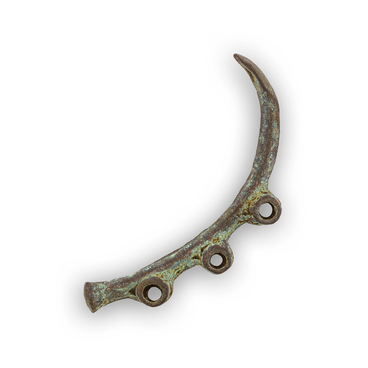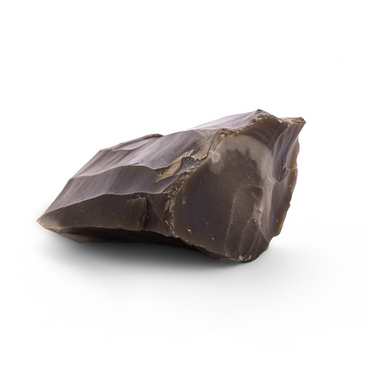After processing the lithic core (nucleus), ancient humans obtained various types of blanks. The most common types were blades and flakes. Blades were knapped stones with parallel sides and a beveled back, where the length significantly exceeded the width. Conversely, flakes were defined as rounded, oval, or angular blanks with a greater width.
From these two categories of blanks, humans created a variety of tools, including awls. Awls were tools with a thin, finely crafted tip. These were used by prehistoric humans to pierce animal hides when making clothing. The earliest examples of perforating tools date back to the Acheulean and Mousterian periods.
The Acheulean culture formed approximately 800,000 years ago. Its monuments are spread across a wide area, from Africa to Europe, and represent sites of long-term settlement (habitation) and concentrations of finds unrelated to settlement (findspots). These sites were occupied by different groups of human ancestors: Homo ergaster (working man), Homo antecessor (pioneer man), and Homo heidelbergensis (Heidelberg man). They were sufficiently advanced for their time and significantly expanded the range of stone tools.
The symbol of the Early Stone Age was the hand ax. This was a large, heavy tool made from a single piece of stone by flaking two of its sides, or faces. Most hand axes had a pointed end and two large, longitudinal blades, with shapes varying from oval to almond. The hand ax served as a versatile tool for dismembering animal carcasses and working with wood and bone. In addition, there were tools for processing hides and skins, including awls made of large flakes.
Acheulean culture gave way to the Mousterian. Representatives of this culture achieved a higher level of development in house building and stone toolmaking. This is reflected in the creation of open-air dwellings and an expanded range of stone artifacts. Mousterian settlements could be either long-term or short-term encampments.
People were engaged in
everyday household activities, such as cooking and sewing clothes. This was
made possible by a variety of stone tools, which included side scrapers
(racloirs), projectile points, knives, end scrapers and blades. To create these
tools, ancient humans used various methods of reduction. During the Mousterian
period, the awls became smaller and more refined.





